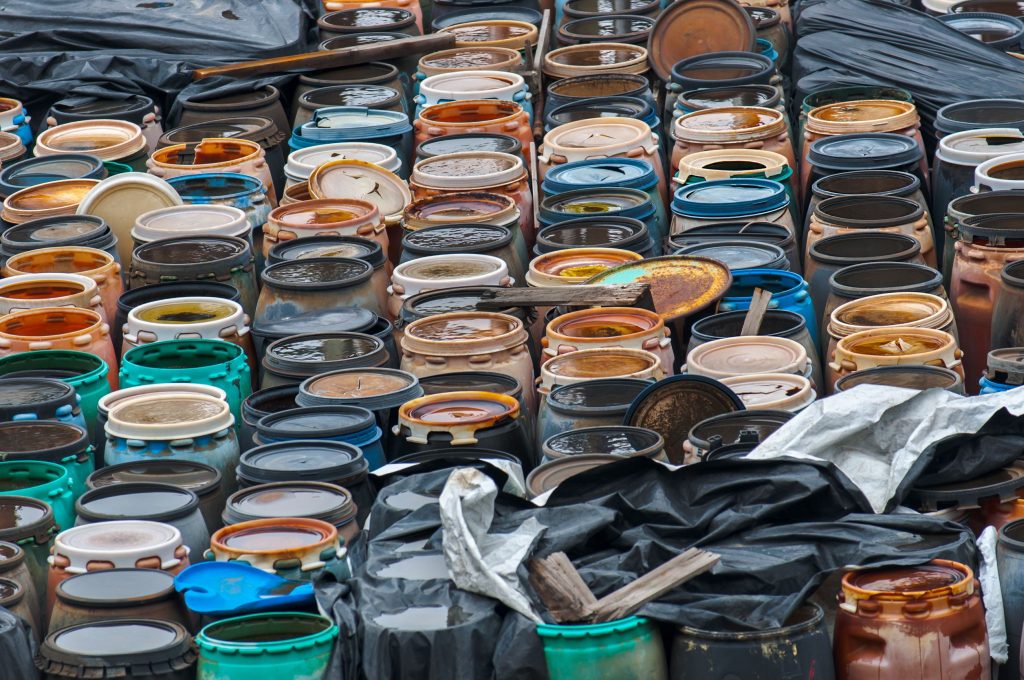
The Environmental Protection Agency (EPA) is staying an Obama-era regulation that would enforce higher safety standards for companies storing large quantities of hazardous chemicals.
The rule was written after 15 people were killed in a fertilizer plant explosion in 2013. The rule will not be enacted until June 19th of this year. EPA Director, Scott Pruitt, made the decision to delay the rule in direct response to companies claiming that the regulation facilitated the work of terrorists who would be able to easily locate plants with explosive chemicals. The rule would have made companies publicly post the types and amount of hazardous chemicals held in their facilities.
The American Fuel and Petrochemical Manufacturers were delighted at the Trump Administration’s decision. Chet Thompson, CEO of the group, said, “The midnight rulemaking in the final days of the Obama administration would not enhance safety, create security vulnerabilities and divert resources from further enhancing existing safety programs.” But in a letter to the Congressional Leadership, the Environmental Justice Health Alliance wrote, “In just ten years from 2003-2013, there were over 1,500 reported chemical releases or explosions” in facilities covered by the rule. Additionally, the environmental advocacy group highlighted over 17,000 injuries and 58 deaths caused by chemical releases.
The Obama Administration spent three years culling information and listening to 44,000 public comments. In their view, the regulation would help prevent catastrophes like the one in Texas and would strengthen data management for chemical storage. But according to Pruitt, “As an agency, we need to be responsive to concerns raised by stakeholders regarding regulations so facility owners and operators know what is expected of them.”
The Forgotten
So who exactly are these “stakeholders”?
In his statement, Pruitt referred to the likes of Thompson and other industry leaders who stand to lose money with tighter regulations. In his consideration of these “stakeholders,” Pruitt disregarded over 134 million people currently living around the 3,433 chemical-storing facilities prone to chemical release or explosion, according to a report by the Environmental Justice Health Alliance (EJHA). He diminished the importance of the 15,000 people forced to seek medical treatment after an explosion at a Chevron factory in 2012. So the “stakeholders” must exclude those living in these “vulnerability zones” who “are disproportionately Black (African American) or Latino, have higher rates of poverty than the U.S. as a whole, and have lower housing values, incomes, and education levels than the national average,” according to the EJHA report.
Pruitt, an avid denier of climate change, expressed a desire to heed the word of corporations, while turning a blind eye to the 74 percent of Americans who, according to the EJHA letter to Congress, support “new safety standards for hazardous facilities.”
The Worst Possible Case
For a worst-case scenario, one need only look back to December 2nd, 1984, when a Union Carbide pesticide plant in Bhopal, India, released 30 tons of toxic gas called methyl isocyanate killing approximately 15,000 impoverished shanty town denizens over the past 30 years. This story continues into the present day, as toxic materials are known to exist beneath the ground and the original victims are giving birth to children with mental disabilities.
If this seems a remote issue, relegated to the third world, one should consider that Union Carbide was bought by Dow Chemical in 2001 and since then, efforts to clean the site in Bhopal have diminished. In short, it is companies like Dow, the “stakeholders,” that get the attention of the current administration at the expense of the real people who are harmed by their actions.
Related article:



Leave a Comment